Sign up for daily news updates from CleanTechnica on email. Or follow us on Google News!
Last Updated on: 6th April 2025, 10:56 pm
I tested Waymo’s automated taxis during a Phoenix vacation. I found Waymo’s service comparable to Uber’s/Lyft’s, slightly cheaper, and user-friendly, despite minor pickup inconveniences. Waymo’s driving matched Tesla FSD V13’s best performance—confident yet cautious—but excelled as a consumer experience, allowing passengers to relax without supervising the vehicle. Tesla FSD, while advanced, demands constant attention, increasing mental stress in cities. I noted Waymo’s LiDAR and HD map critiques from Tesla fans are overstated, as costs drop and major cities are prioritized. I concluded it’s too early to declare a winner, with Tesla’s upcoming V14 and robotaxi plans still unproven.
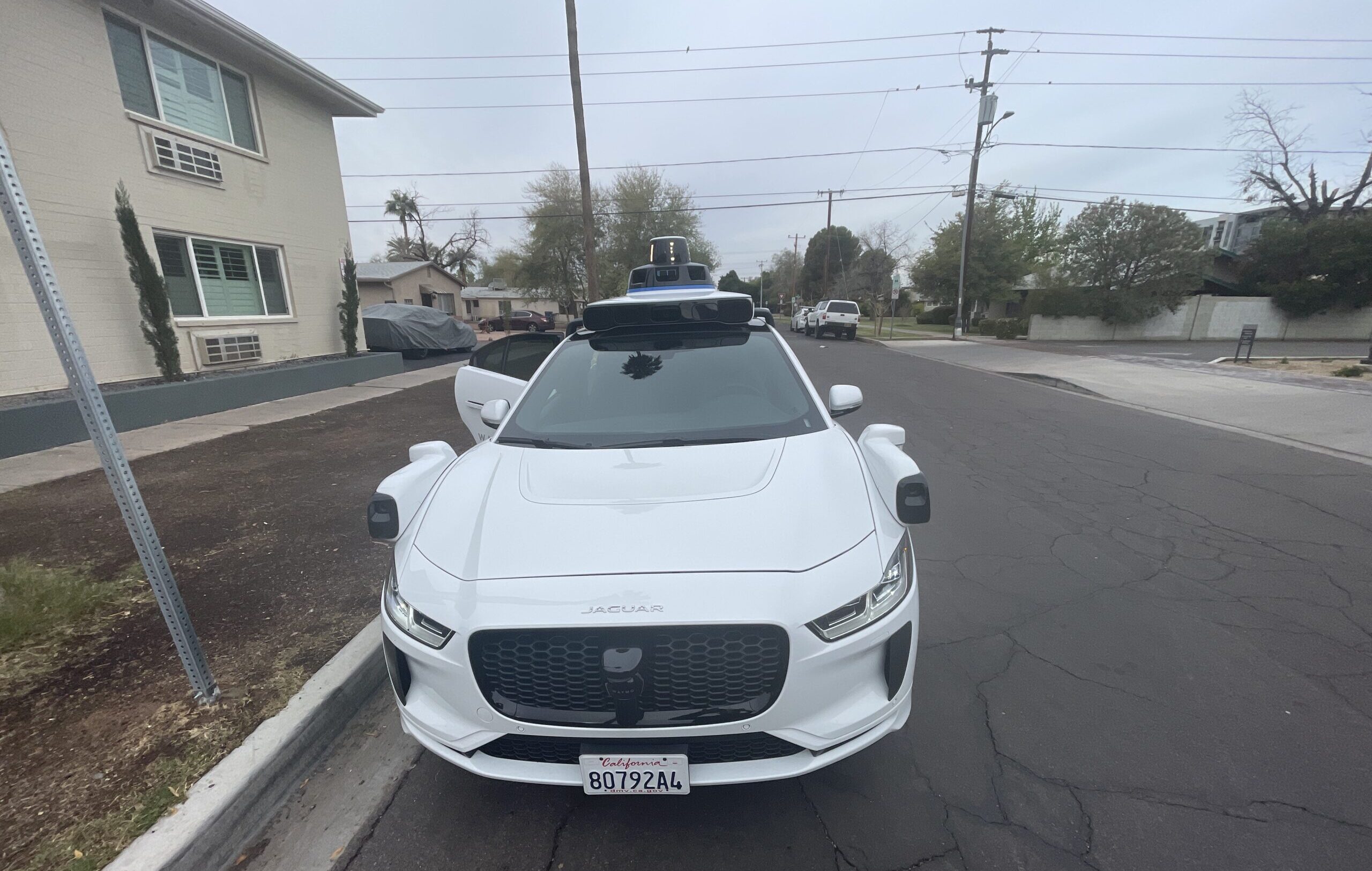
My Trip To Phoenix
I recently took a vacation trip to the Grand Canyon and Utah and flew into Phoenix a day early just to ride around in Waymo automated taxis (I did take one extremely difficult hike too). I’ve heard for years from Tesla bulls that Waymo was far inferior to Tesla’s Full Self Driving (FSD), which I use every day on either hardware 3 or 4. I wanted to judge for myself what I thought of the service from a consumer point of view. It is harder to assess from an investor point of view since we don’t know that much about Waymo’s present or future costs.
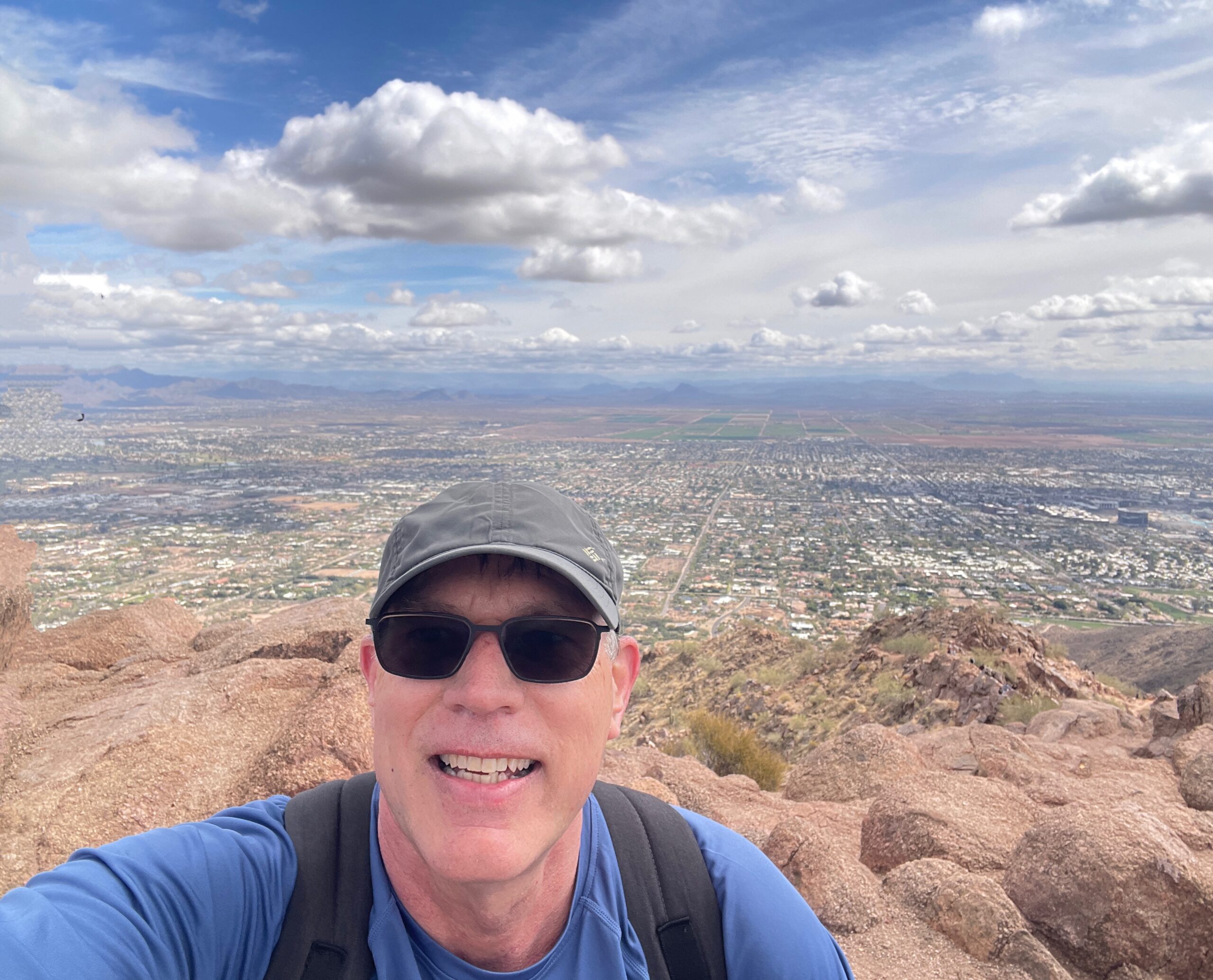
Traditionally, Tesla fans have criticized Waymo for:
- Having expensive cars needing LiDAR. Certainly, LiDAR is expensive today, but with costs declining as competition and volume increases, I don’t think this is a major problem.
- Needing HD maps of the area, so they can’t just drive anywhere in the world like Tesla FSD can (it may not be allowed, but it technically can). I view this as mostly a distinction without a significant difference. Most of the market value of a taxi service is in the major cities and it isn’t that hard for Waymo to create HD maps for the major cities. Considering that Tesla is also planning to only roll out to two cities initially, this seems like the “pot calling the kettle black,” or a form of hypocrisy for criticizing the competition for something they are also doing (rolling out city by city).
- Having vehicles that are more costly to build and fuel than Tesla’s Robotaxi. This may have some truth to it, but Waymo is also working on more affordable and efficient vehicles. I think it is way too early to declare a winner.
Call A Taxi
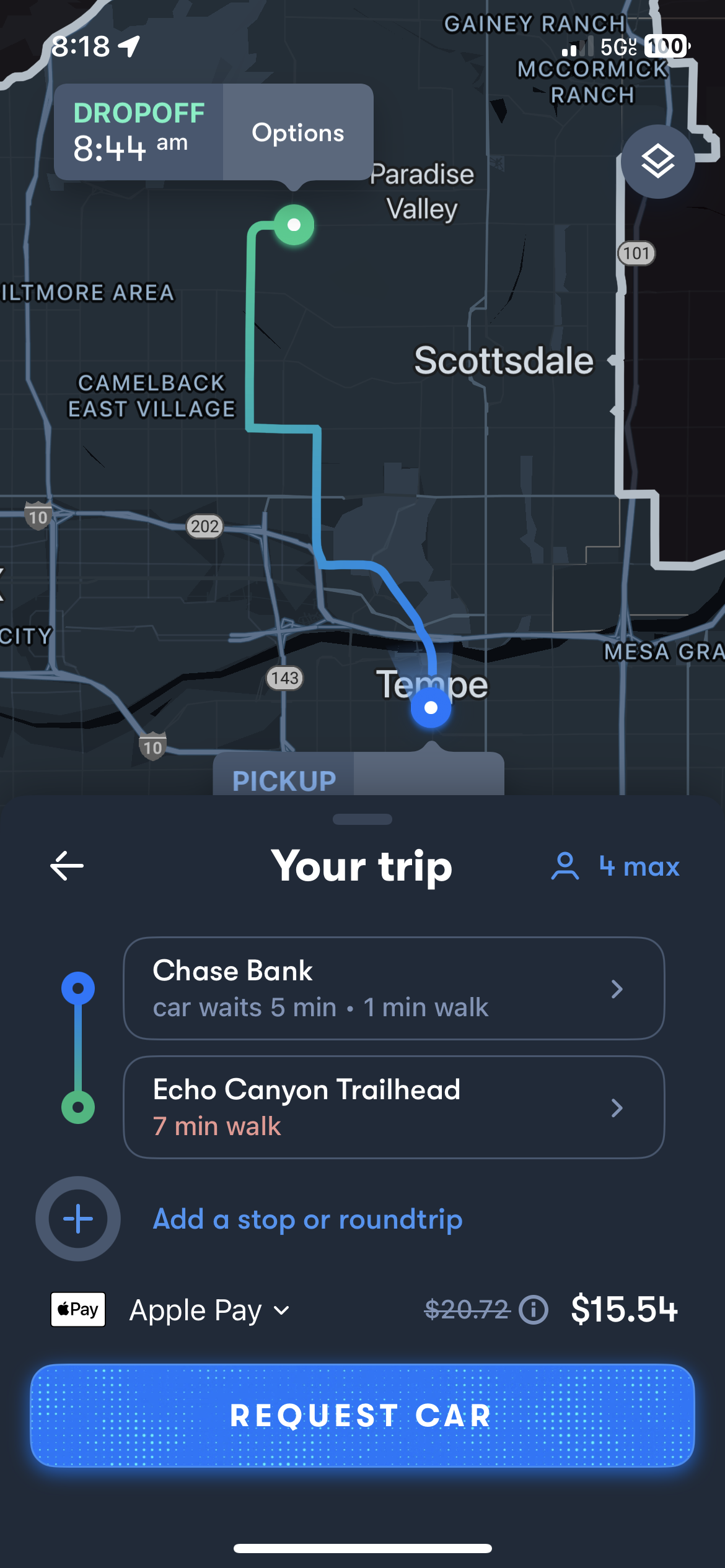


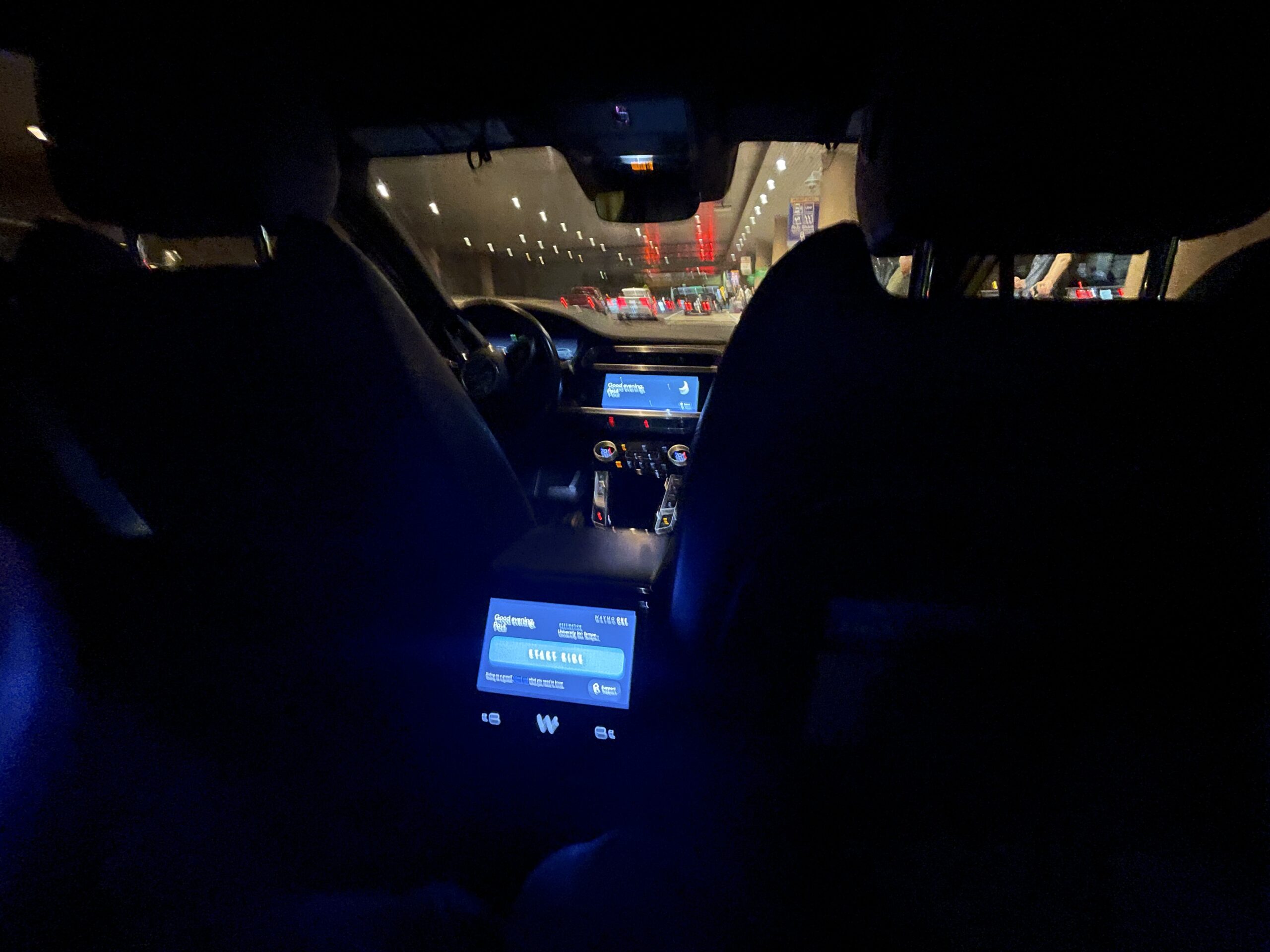


Impressions From The 5 Rides I Took
The drive quality from Waymo seemed to be about the same as the good drives I do on Tesla’s FSD V13. It was confident in its navigation, but appropriately cautious around bicycles and pedestrians. It was more advanced in that it knows how to stop and pick people up and drop them off, but I don’t think that will be tough for Tesla to learn, but it will take time. I did notice that sometimes it wouldn’t come pick you up at the location you are at. That could be because of local laws restricting pickup in certain places, or it could be to optimize the routes. Sometimes I had to walk 5 minutes to the pickup spot.
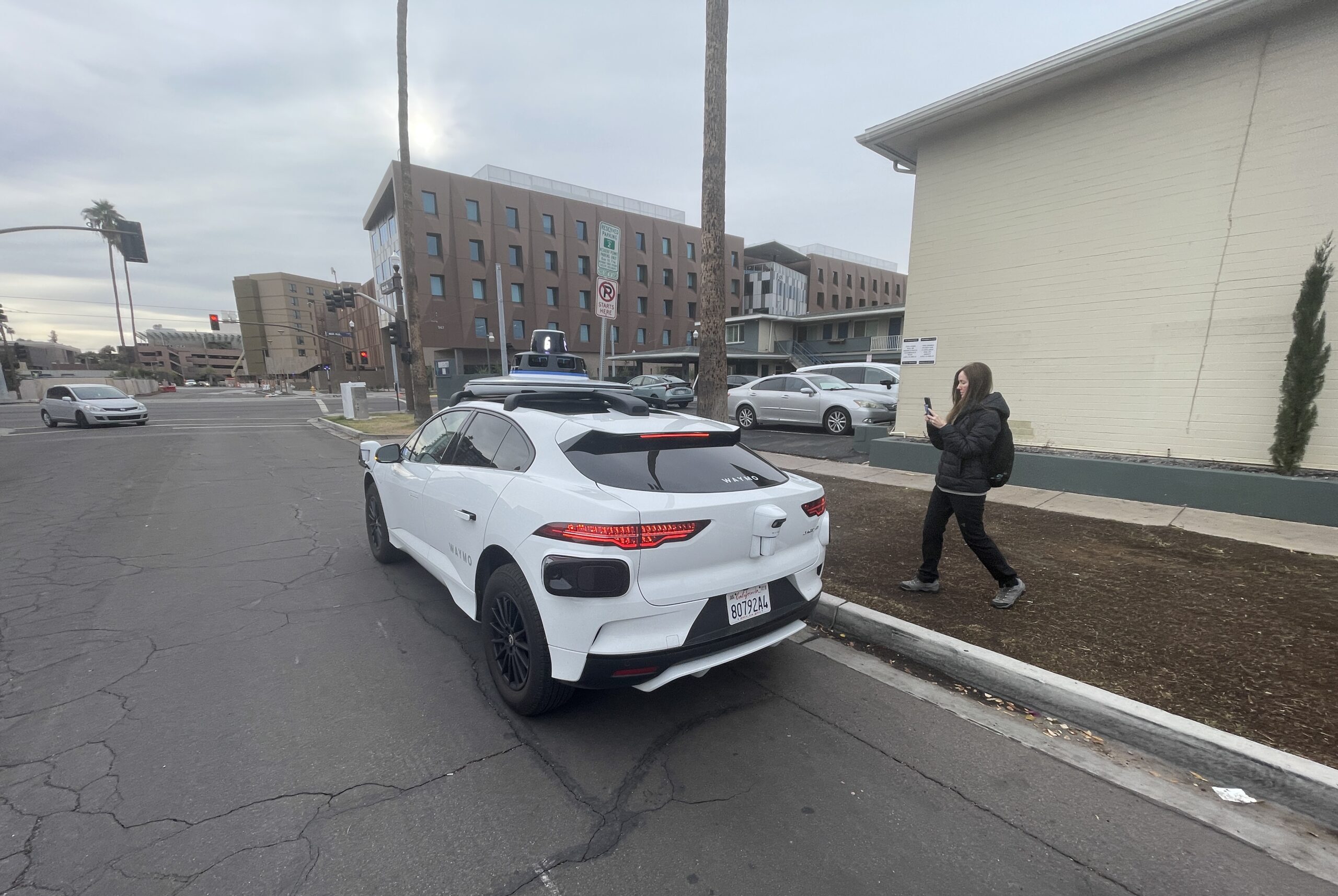

Conclusion
The major thing I realized after riding in the Waymo for even a few minutes is how much better it is than Tesla FSD. Even though it doesn’t really drive any better than a good FSD ride, it is a lot better for the consumer because you can just sit in the back and relax. With Tesla’s FSD, you are responsible every second for watching the car. This is no problem on the interstate, but in the city, it is a lot of mental stress. Although I find FSD to be less stressful than driving manually on the highway, I find it more stressful than just driving a car in the city. Why? Because I have to do a lot more with my mind. I have to assess what the safest course of action is at any time and I have to assess what the car is doing. Then I have a split second to decide if they are close enough to each other or if what FSD is doing is dangerous and I should disengage. That is a lot more work than just driving.
So, does this mean Waymo wins and Tesla loses? I don’t think we can say that yet. Tesla FSD has made a lot of progress in the last year, likely because Tesla has a tremendous amount of compute and data. The big question is whether the company’s strategy will become safer than a human soon. It certainly isn’t on my Tesla vehicles. But Tesla continues to show confidence that they will start service in Austin in June. Is their new V14 that much better than the V13 I use? Or is this just another of Elon Musk’s aggressive predictions that disappoints? People who went to the Cybertaxi event last year think Tesla really has solved the Level 5 autonomy challenge. The question I have is: “if they have solved autonomy, why can’t I have that software since I paid for it years ago?”
Disclosure: I am a shareholder in Tesla [TSLA], BYD [BYDDY], Nio [NIO], XPeng [XPEV], NextEra Energy [NEP], and several ARK ETFs. But I offer no investment advice of any sort here.
Whether you have solar power or not, please complete our latest solar power survey.
Chip in a few dollars a month to help support independent cleantech coverage that helps to accelerate the cleantech revolution!
Have a tip for CleanTechnica? Want to advertise? Want to suggest a guest for our CleanTech Talk podcast? Contact us here.
Sign up for our daily newsletter for 15 new cleantech stories a day. Or sign up for our weekly one if daily is too frequent.
CleanTechnica uses affiliate links. See our policy here.
CleanTechnica’s Comment Policy

